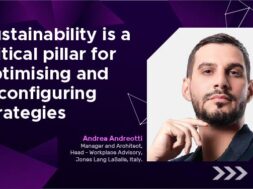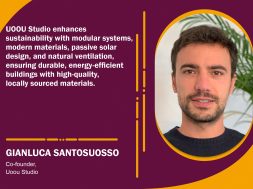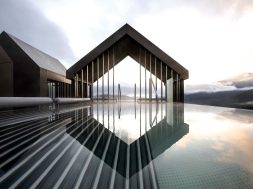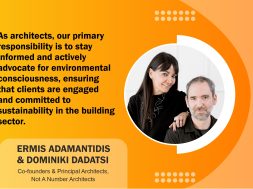Sustainability is a critical pillar for optimising and reconfiguring strategies
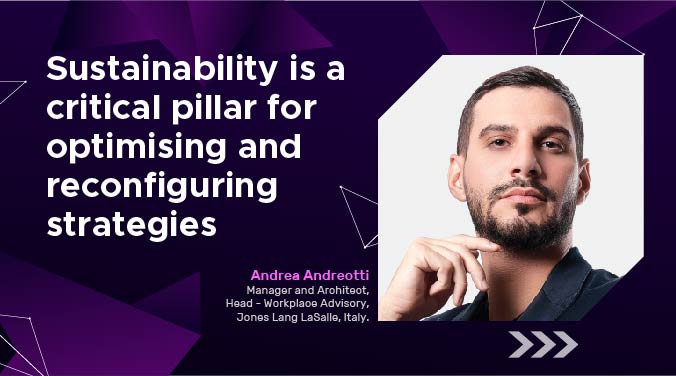
In an exclusive interaction with the international architect Andrea Andreotti, he discusses the strategies for sustainable workplaces and smart practices for energy efficiency and cost-effective building designs.
During his professional experience, he has mainly focused his skills on the growth of the businesses of corporate clients through the creation of innovative design models and tailor-made strategies with the primary purpose of creating experiences and aligning the expectations of the new workforce generations with spaces and technologies.
He has served as Design Director on complex projects in Europe, the Middle East, and India, supporting clients of major global corporations.
His understanding of the leadership of some major Fortune 500 companies is the driving force behind his efforts to create a vision and manage investments and real estate assets through a design-oriented approach. He has always been interested in exploring innovative and sustainable solutions between workspaces and cities.
How is sustainability impacting strategies for corporate workplaces?
Emerging headwinds from wars and economic crises have caused reactions across the real estate industry. Large companies have accelerated the process of transforming their portfolios and assets by increasingly embracing a prudent and conscious approach toward an ESG perspective, forced by the incredible increase in the cost of raw materials and energy.

What is the definition of sustainability today for corporates?
This new awareness of real estate’s impact on large companies’ financial statements has highlighted how sustainability represents a fundamental pillar for optimisation and/or reconfiguration strategies, especially in the workplace.
In fact, according to the latest data collected by the JLL Workforce Preference Barometer, more than 43 percent of corporate companies have started defining new real estate strategies for the workplace, and more than 38 percent of the workforce expects sustainable design solutions.
What should be done to ensure that the entire phase of a project and the design adhere to sustainability?
Sustainability increasingly embraces the concept of a circular economy with extreme attention to reconfigurability, flexibility, and reuse of spaces and materials. In addition, it must embrace the values that the new generations of workers expect.
For companies and employees, the values associated with sustainability today must be translated into spaces:
- Human-centric: More than 43 percent require workplaces that promote a healthy, sustainable, and safe lifestyle.
- Green: 44 percent of the workforce requires the company and work spaces to respect the earth’s resources and climate change. Defining a biophilic strategy represents an important element in transforming new workspaces. Re-activating the man-nature contact with open spaces, natural light, natural materials, and greenery as a structural element and not as a decorative element
- Authentic: More than 34 percent of people request spaces that promote values and the corporate brand.

What are the smart practices for maintaining energy-efficient and cost-effective building designs?
When discussing sustainability, it is also necessary to discuss a technological leap. The contemporary workplace must continue the adoption of technical solutions for monitoring consumption as well as managing the use of spaces through AI.
In all our projects, we always define strategies on two different design layers: the physical environment and the digital one. The tenant experience must be a perfect physical-digital blend in which the building environment and technology contribute to the corporate strategy’s long-term viability. A green workplace strategy is no longer an option today. It is the only viable way to be efficient and attractive.
Where can companies start to embrace and redefine the workplace concept with a view to sustainability?
Before reflecting on what and how (design solutions), it is necessary to understand the why and, therefore, know the expectations of the brand, the business, and the people to define an effective and efficient strategy guided by both a quantitative and qualitative approach.
56
Cookie Consent
We use cookies to personalize your experience. By continuing to visit this website you agree to our Terms & Conditions, Privacy Policy and Cookie Policy.
